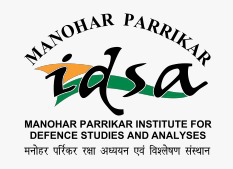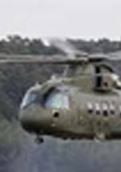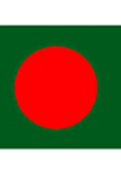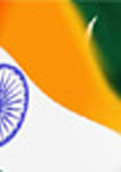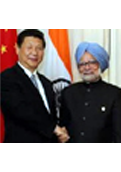Naga Violence: Reminiscent of ‘Wild West’
The recent violence indicates that armed groups have not disarmed and that state forces are simply unable to keep “extortion” networks in check. While the cease-fire agreement signed in 1997 has been the harbinger of the subsequent peace talks, blatant violations of the agreement by the outfit render the framework of the talks weak and question its effectiveness and legitimacy.
- Namrata Goswami |
- January 09, 2014 |
- IDSA Comments
